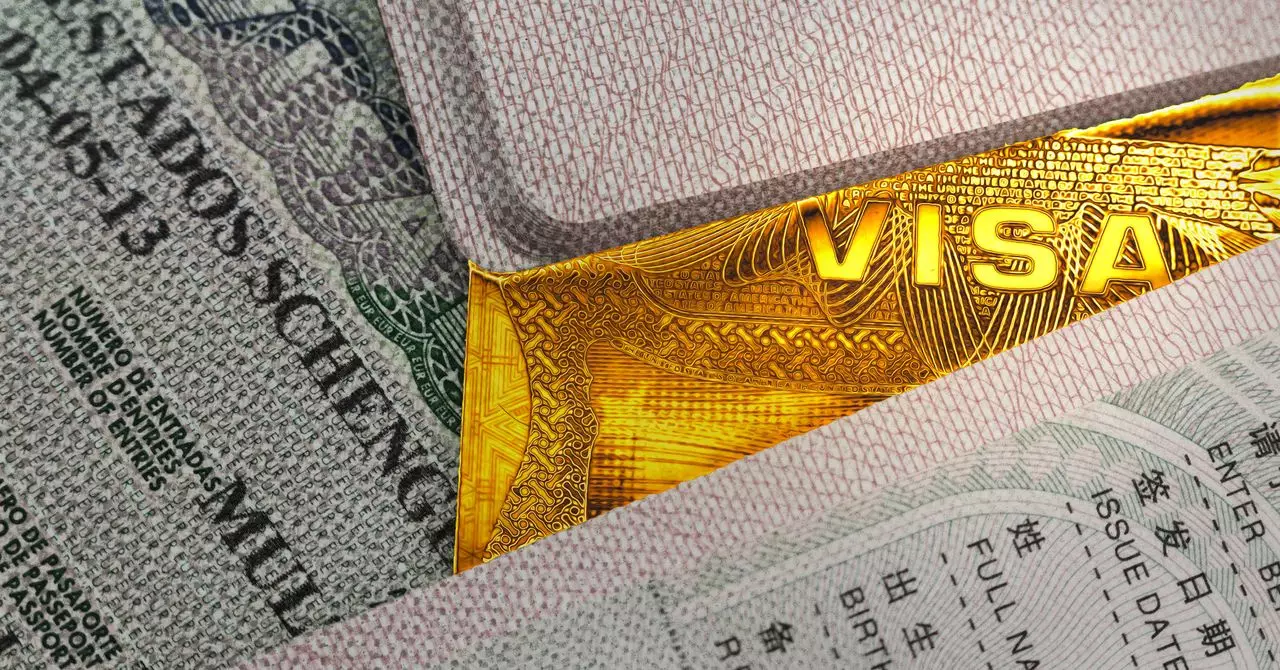The landscape of immigration in the United States is undergoing profound changes, spurring debates that ripple through communities and corridors of power alike. At the heart of this evolving narrative lies the controversial concept of a “gold card,” proposed as a fresh approach to the existing EB-5 investment visa program. The promise of swift immigration for those who can afford it raises fundamental questions about equity, integrity, and the very fabric of American values.
As the U.S. government gears up to allocate approximately 1.1 million permanent resident cards this fiscal year across various categories—including family reunification and employment-based visas—this new proposition could undermine the established norms. Originally conceived by financial expert Stephen A. Lutnick, Trump’s gold card is pitched to replace the EB-5 visa. This program required a minimum investment of $1.05 million—an amount that, while steep, was historically aimed at mid-level investors seeking opportunity, rather than the ultra-wealthy elite.
The Mechanics of EB-5 Visas
Enacted in 1990, the EB-5 visa program intended to spur economic development through foreign investment. Under this framework, a select group of 10,000 foreign nationals could gain residency by contributing substantial capital to create jobs within the U.S. Proponents argue that this program has primarily benefited hardworking immigrants who scrimp and save to build a better life for themselves and their families. Brad Sher, CEO of a firm specializing in EB-5 projects, eloquently underscored this sentiment, asserting that most applicants come from modest backgrounds, striving to invest in their futures rather than indulging in ostentatious spending.
However, Lutnick’s proposed gold card, which demands a staggering $5 million investment, raises red flags about the credibility and intentions of its adopters. If the EB-5 program was structured to prevent corruption and unethical practices, will the gold card overlook these essential safeguards? One need only consider the notion that wealthy individuals—including potentially questionable characters such as foreign oligarchs—might attempt to leverage their wealth for American residency, circumventing the rigorous vetting processes that previously protected the integrity of U.S. immigration.
The Risk of Normalizing Wealth-Based Immigration
The suggestion that Russian oligarchs could be eligible for the gold card underscores a broader concern: Does this approach facilitate a two-tiered immigration system that favors the affluent while neglecting the diverse tapestry of immigrants who contribute meaningfully to society? In a February briefing, Trump casually responded to questions about the eligibility of foreign oligarchs, emphasizing that he “knows some really nice people.” This lighthearted dismissal of potential ethical concerns serves as a chilling reminder of the transactional nature of wealth-based residency.
Advocating for this type of immigration policy risks displacing ordinary immigrant aspirations. It casts a long shadow over those who follow the rules and endure the lengthy application processes, only to see their chances weighed against the substantial financial clout of a select few. The fear is that such a transformation might fuel public resentment toward immigrants, irrevocably altering the sociopolitical discourse surrounding immigration in the United States.
Scrutiny and Abuses: A New Era or More of the Same?
One of the hallmarks of the EB-5 program has been the level of scrutiny placed on applicants. With whole teams at the United States Citizenship and Immigration Services (USCIS) tasked with reviewing applications, the aim has been to ensure that investment funds originate from legitimate sources. Doug Rand, a former senior adviser at USCIS, highlighted the burdensome yet necessary documentation process intended to mitigate the risk of corruption. The looming question, as Lutnick indicates expedited implementation for the gold card initiative, is: will this new system uphold the same level of rigor?
The ambiguity surrounding the operational details of the gold card raises concerns among advocates of the existing EB-5 program and even among potential investors. It leaves one pondering whether a structure designed for swift turnover will inadvertently open floodgates to financial loopholes and ethical quagmires. If those initiating the program fail to consider the intricate dynamics at play, we may witness a rise in abuses and a shift toward an immigration model characterized more by wealth than merit.
This evolving narrative represents not merely a policy shift, but a transformative moment in how America defines itself in an increasingly interconnected world. As the gold card initiative inches closer to realization, it beckons us all to critically examine the implications of wealth-based immigration and challenge the morality standing behind such a distinguishing approach to residency in the Land of Opportunity.

